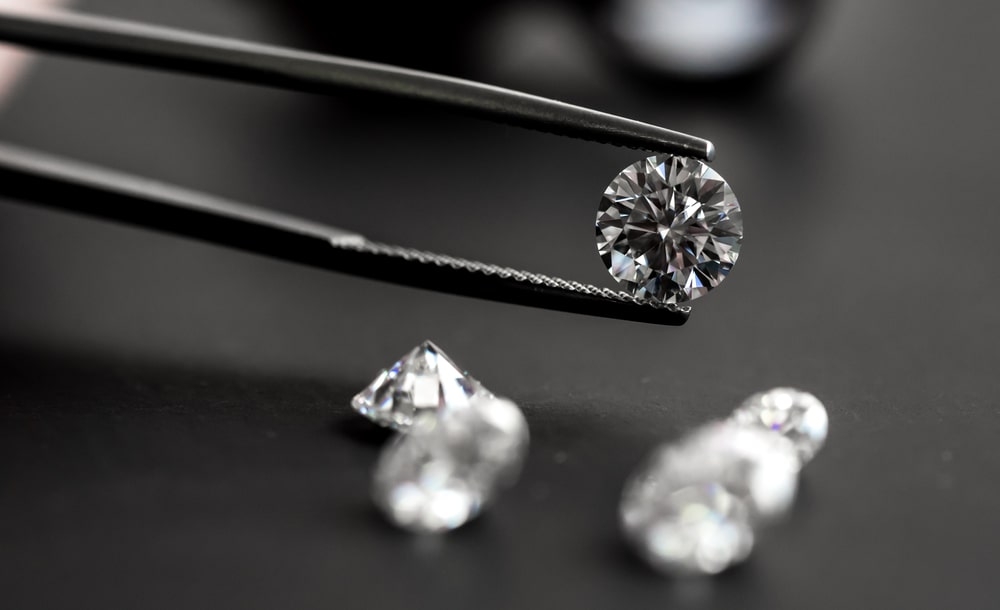Lab-grown diamonds have taken the jewelry world by storm. But with so many options, how do you choose the perfect one? Just like mined diamonds, lab-grown diamonds are evaluated using the same industry standard: the 4Cs Lab Grown Diamonds. Understanding these characteristics will empower you to make an informed decision and find a diamond that sparkles with brilliance.
The 4Cs:
Cut: The cut of a diamond is not just about shape (round, princess, etc.), but refers to the proportions, symmetry, and finish of the stone. A well-cut diamond maximizes light performance, creating the coveted brilliance and fire.
Color: While diamonds are often associated with colorlessness, they can range from colorless (most valuable) to faint yellow or brown. Lab-grown diamonds can achieve the same color spectrum as mined diamonds.
Clarity: No diamond is perfectly flawless. Clarity refers to the presence of internal birthmarks (inclusions) and external blemishes on the diamond’s surface. These can affect brilliance and value.
Carat: This refers to the weight of the diamond, with one carat equaling 200 milligrams. Carat weight significantly impacts price, but it’s important to consider cut alongside carat for optimal sparkle.
Why it Matters for Lab-Grown Diamonds
Lab-grown diamonds share the same physical and chemical properties as mined man made diamonds. This means they are graded using the same 4Cs system by independent gemological institutes like the Gemological Institute of America (GIA). The 4Cs allow you to compare lab-grown diamonds objectively and select one that aligns with your budget and desired aesthetics.
Choosing Your Diamond
There’s no single “best” combination for the 4Cs Lab Grown Diamonds. It depends on your priorities. For example, a slightly lower carat weight with a superior cut might deliver more sparkle than a larger stone with a poorer cut.
Remember, the 4Cs are a starting point. Consider consulting a jeweler who can guide you through the selection process and help you find a lab-grown diamond that captures your heart.




